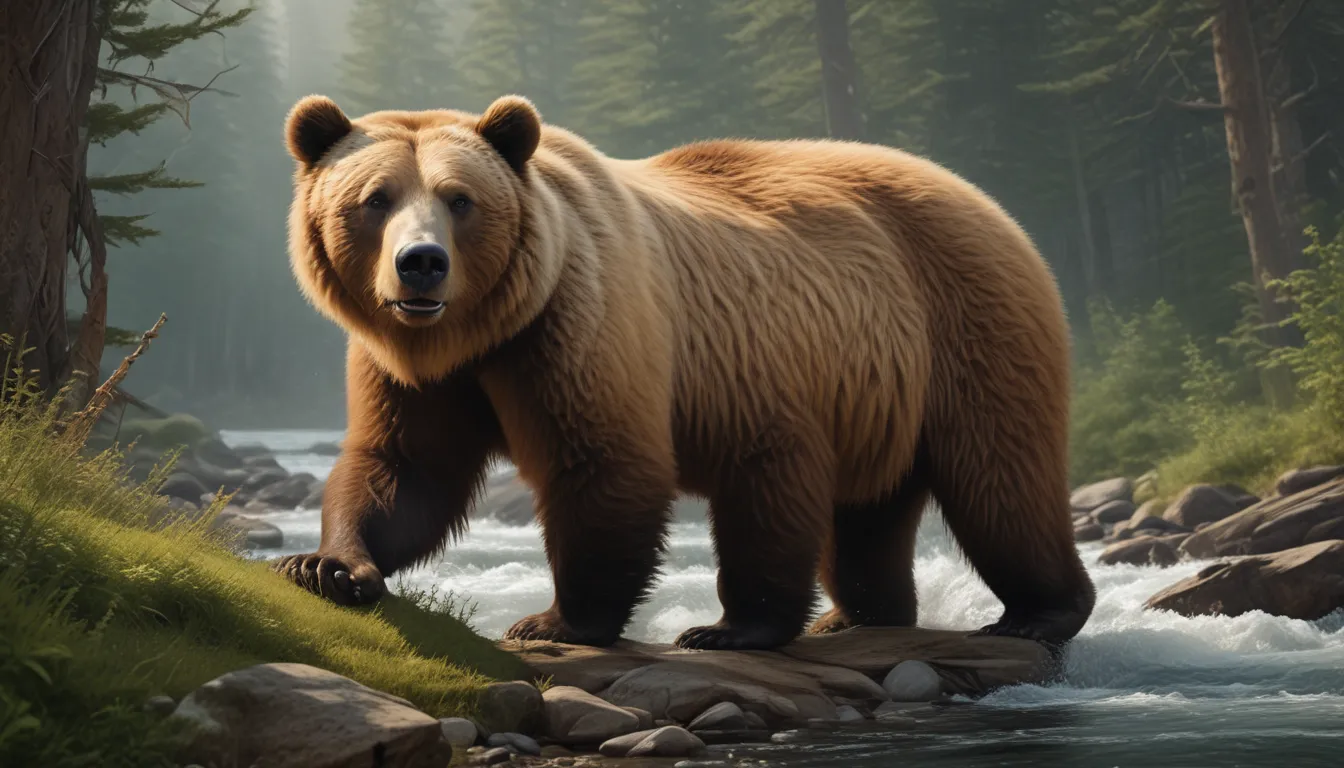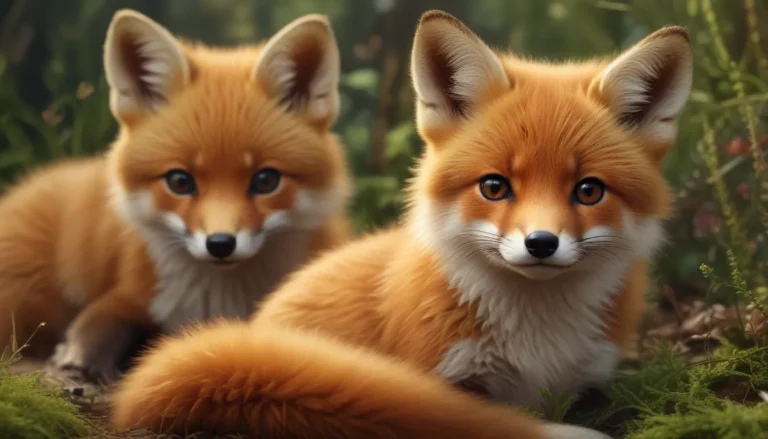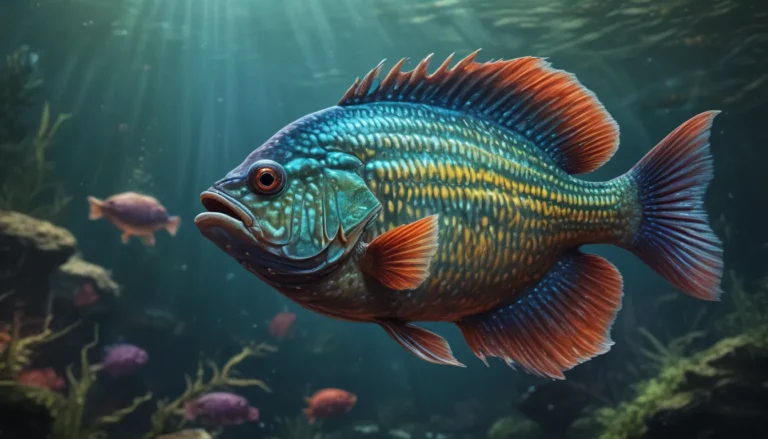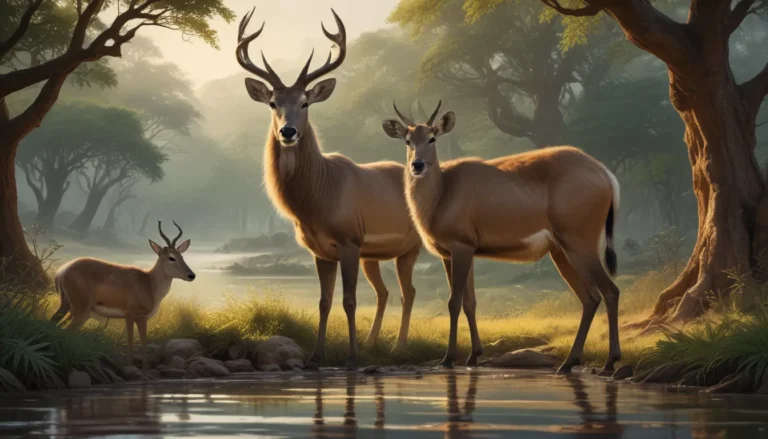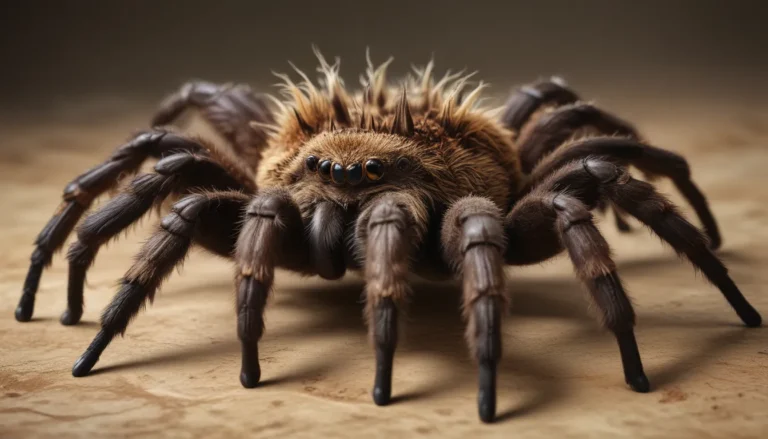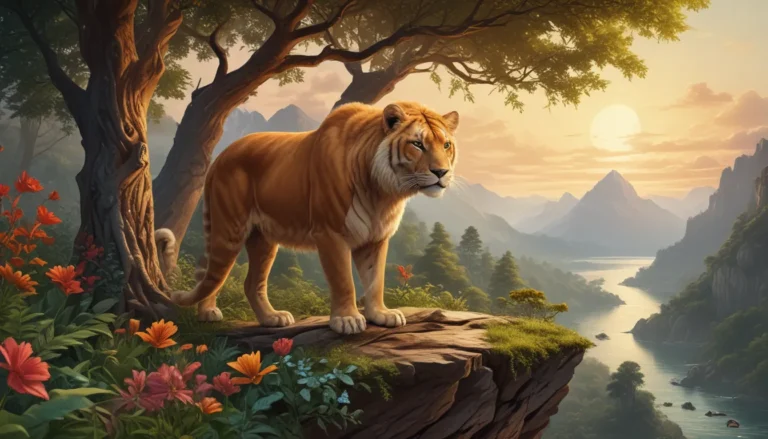The pictures we use in our articles might not show exactly what the words say. We choose these pictures to make you interested in reading more. The pictures work together with the words but don’t take their place. The words still tell you the important facts.
Welcome to the exciting world of grizzly bears! These powerful predators may have been misunderstood as cute and cuddly creatures in your childhood, but they are true giants of the wild. Grizzlies thrive in a variety of environments, from forests to alpine meadows, showcasing their adaptability and strength. Let's delve deeper into the fascinating world of grizzly bears with a treasure trove of information and facts that will leave you awe-inspired.
Unveiling Quick Grizzly Bear Facts
- In the wild, grizzly bears can live between 25 to 30 years, while in captivity, their lifespan can extend to over 40 years.
- A grizzly bear's height can range from 3 to 4 feet when walking on all fours, soaring to a staggering 8 feet when standing on two legs.
- There are 8 species of bears, with six of them classified as endangered or vulnerable, highlighting the importance of conservation efforts.
- Grizzly bears exhibit impressive speed, capable of running up to 62 kilometers per hour, showcasing their agility and prowess in the wild.
Exploring Essential Grizzly Bear Facts
- The scientific name of the grizzly bear is Ursus arctos, also known as the North American brown bear.
- The name "grizzly" is believed to originate from "grisly," meaning gruesome, emphasizing the bear's formidable nature.
- Grizzly bears are a subspecies of brown bears, with a diverse diet that includes fish, plants, roots, grasses, and berries.
- Male brown bears can weigh over 250 kilograms, while females typically range from 130 to 200 kilograms, showcasing their impressive size and strength.
- Grizzly bears are highly flexible in their dietary habits, adapting to various food sources in their environment with ease.
Delving into the World of Interesting Grizzly Bear Facts
- Polar bears, unlike grizzly bears, are non-territorial in nature, showcasing the unique behaviors of different bear species.
- The oldest known grizzly bear in the wild reached an impressive age of 39 years, highlighting their resilience and longevity.
- Grizzly bears, along with black and brown bears, are not classified as endangered or vulnerable species, indicating their robust population.
- The largest recorded grizzly bear weighed over 700 kilograms, emphasizing their sheer size and strength in the animal kingdom.
- Despite their power, male polar bears can outweigh grizzly bears, reaching up to 450 kilograms in weight, showcasing the diversity of bear species.
Unveiling Wildlife Encounters with Grizzly Bears
You should never run from a bear.
If you ever encounter a grizzly bear in the wild, remember to stand your ground and avoid running. Grizzlies can outrun even the fastest human, covering 50 yards in just 3 seconds. Running may provoke the bear further, leading to potentially dangerous situations.
In the wild, avoid direct eye contact with a grizzly bear.
Direct eye contact with a grizzly bear can be perceived as a threat. Instead, maintain a calm demeanor, speak softly, and wave your arms to signal that you are human. Keeping a safe distance of 25 feet from the bear is essential for your safety.
“Man-eating bear” attacks are rare.
Grizzly bears typically do not attack humans unless facing scarcity of food or threats in their environment. While rare, bear attacks can occur due to desperate situations, emphasizing the importance of respecting their habitat and behaviors.
Around 30,000 grizzlies live in Alaska.
Alaska is home to a significant population of grizzly bears, with over 50,000 individuals inhabiting the region. Conservation efforts in Alaska play a crucial role in preserving the grizzly bear population for future generations to enjoy.
A grizzly bear can lift more than 1,000 pounds.
Grizzly bears are renowned for their strength, with the ability to lift over 1,102 pounds, showcasing their impressive physical capabilities in the wild.
Unraveling Unique Aspects of Grizzly Bears
Grizzly bears can bring down heavier prey.
Grizzlies possess remarkable strength, enabling them to take down larger prey such as bison. Their adaptability and hunting skills are key to their survival in diverse ecosystems.
The Siberian tiger has an advantage over a grizzly.
While grizzly bears are formidable predators, they face stiff competition from Siberian tigers, known for their hunting prowess and agility. Understanding the dynamics between different apex predators enriches our appreciation for wildlife diversity.
Experts believe that the grizzly bear is the strongest bear.
Experts acknowledge the grizzly bear's strength, with its muscular build enabling it to lift significant weights and outmuscle other bear species in a battle for survival.
Grizzly bears have a range of colors.
From traditional brown hues to variations of blonde, light tan, and black, grizzly bears exhibit a diverse color palette that adds to their mystique and beauty in the wild.
A white grizzly bear has been spotted in Canada.
The discovery of a white grizzly bear in Canada highlights the genetic diversity within grizzly bear populations, showcasing rare and unique occurrences in the natural world.
Reflecting on the Legacy of Grizzly Bears
The Mexican grizzly bear went extinct in 1964.
Tragically, the Mexican grizzly bear faced extinction due to human activities such as hunting, trapping, and habitat destruction. The loss of this iconic species serves as a poignant reminder of the consequences of wildlife exploitation.
The California grizzly bear became extinct in 1924.
Historically, the California grizzly bear population declined due to conflicts with humans over resources and territory. Understanding the historical context of wildlife extinction underscores the importance of conservation efforts in preserving endangered species.
California had around 10,000 grizzly bears during the 1500s.
The abundance of grizzly bears in California during the 1500s reflects the rich biodiversity of the region and its significance in shaping local ecosystems. Looking back at historical wildlife populations provides valuable insights into conservation strategies for the future.
The Bear Flag became the official state flag of California in 1911.
The iconic Bear Flag symbolizes California's historical connection to grizzly bears and its unique cultural heritage. Embracing the legacy of the Bear Flag deepens our appreciation for the state's natural history and conservation legacy.
Embracing the Cycle of Life for Grizzly Bears
Grizzly bears can give birth as early as 6 months.
Grizzly bears exhibit a shorter gestation period compared to humans, with the mother typically giving birth to twins or triplets in the safety of her den during hibernation. The birth of grizzly bear cubs symbolizes the cycle of life and the resilience of wildlife in challenging environments.
Grizzlies are regularly active from dawn to dusk.
Grizzly bears adjust their activity patterns based on seasonal changes, showcasing their adaptability and survival strategies in different environments. Observing their daily routines enhances our understanding of wildlife behaviors and ecological interactions.
They start to eat tons of food in the fall.
As fall approaches, grizzly bears intensify their feeding habits to prepare for hibernation, consuming large quantities of food to sustain them through the winter months. Their ability to adapt their diet and behavior underscores their evolutionary adaptations for seasonal challenges.
Grizzly bears don’t poop while they hibernate.
During hibernation, grizzly bears undergo physiological changes to conserve energy, including slowing down their heart rate and metabolic processes. Their unique ability to retain waste during hibernation showcases the intricate mechanisms of survival in harsh environments.
Sharing the Wonder of Grizzly Bears
Our exploration of grizzly bear facts unveils the remarkable characteristics and behaviors of these majestic creatures. From their incredible strength and adaptability to their diverse color variations and historical significance, grizzly bears captivate our imagination and inspire conservation efforts to protect their future. As we appreciate the beauty of wildlife diversity, let us continue to learn, respect, and coexist with these magnificent animals in harmony with nature.
As we embark on this journey of discovery and reflection, let us cherish the wonders of grizzly bears and embrace our shared responsibility to safeguard their legacy for generations to come. Join us in celebrating the magic of the wild and the beauty of our natural world, where grizzly bears reign as true icons of the untamed wilderness. Together, let us preserve, protect, and honor the majestic grizzly bears that enrich our lives and inspire our hearts.
